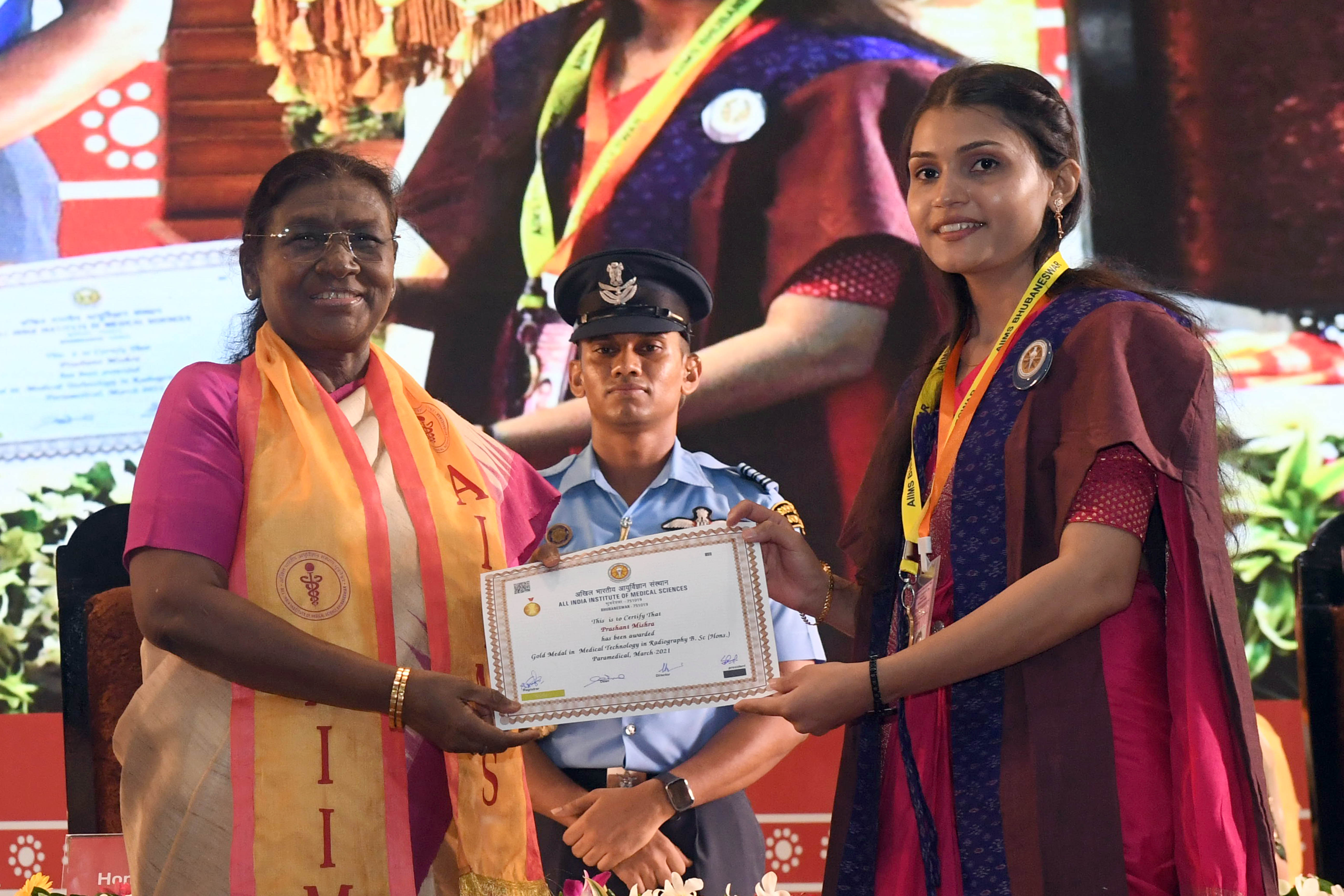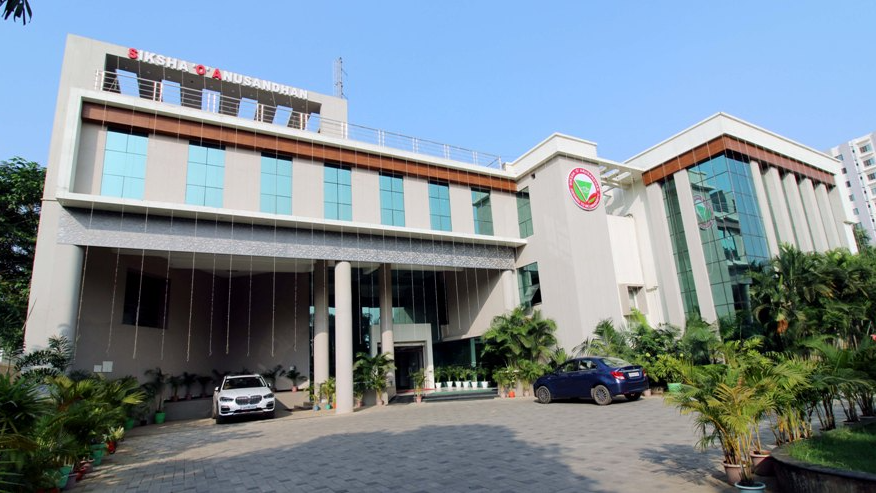We must contain population growth

Dr. Mrinal Chatterjee As we observe World Population Day today, 11 July the global population has crossed 7.7 billion, out of which India’s contribution is 1.35 billion. It took hundreds of thousands of years for the world population to grow to 1 billion – then in just another 250 years or so, it grew seven fold. In 2011, the global population reached the 7 billion mark, and today, it stands at about 7.7 billion, and it's expected to grow to around 8.5 billion in 2030, 9.7 billion in 2050, and 10.9 billion in 2100. The humongous growth of population has severe repercussions on natural resources and environment. Forests are depleted to create agricultural land to feed the ever growing population. From food to drinking water to housing to employment- large population becomes a huge problem for the governments to handle. In short, the world is becoming too crowded by homo-sapiens for themselves and for other species to survive. It is probably moving beyond the carrying capacity of the earth. The world is witnessing sharp population growth in the last 250 years for several reasons. One of the reasons is that as the death rate has been considerably contained, thanks to invention of anti-biotic, penicillin and vaccines for several endemic diseases like small pox. Average global lifespans have risen, from 64.6 years in the early 1990s to 72.6 years in 2019. That means on an average more people are living longer than ever before. However, the recent past has seen enormous changes in fertility rates and life expectancy. Consider the fertility rate (the average number of children per woman) in India and USA over a 67 year span. In 1960 India’s fertility rate was 5.91 and USA’s was 3.65. In 2017 India’s fertility rate has come down to 2.24, whereas USA’s fertility has fallen to 1.77 which is below TFR (Total Fertility Rate). Though the fertility rate has falling across the world, the rate varies. In developed countries the population is showing stabilization or down ward trend, even as under-developed and developing countries are becoming more populated putting more pressure on their meager resources. Consider the population growth in China, India and USA. In 1960 the population of China was 66.71 crore. India’s population was 45.05 crore and USA’s population was 18.07 crore. Fifty years later, in 2010 China’s population was 134.41 crore as compared to India’s 125.03 crore and USA’s 31.16 crore. In 2018 population of China grew to 139.27 crore. Meanwhile India’s population grew to 135.26 crore. USA’s population was 32.72 crore. In other words, in 68 years China has added 72.56 crore, USA has added 14.65 crore whereas India has added 90.21 crore more to its existing population, despite the fact that India has been the first country in the world to have launched a National Programme for Family Planning in 1952. Covid-19 has brought further problems for containing population growth. As UN data predicts, “Covid-19 induced lock-down and disruptions in medical services will also have a serious bearing on world population. As per UN date, some 47 million women in 114 low- and middle-income countries are projected to be unable to use modern contraceptives if the average lockdown, or COVID-19-related disruption, continues for 6 months with major disruptions to services.” For every 3 months the lockdown continues, assuming high levels of disruption, up to 2 million additional women may be unable to use modern contraceptives. If the lockdown continues for 6 months and there are major service disruptions due to COVID-19, an additional 7 million unintended pregnancies are expected to occur. The number of unintended pregnancies will increase as the lockdown continues and services disruptions are extended. This is a cause for concern and all stake-holders need to look into this issue and take appropriate steps. Journalist turned media academician Mrinal Chatterjee presently works as Professor and Regional Director at Indian Institute of Mass Communication (IIMC), Dhenkanal. He can be contacted at: [email protected]
Latest News

FM College sexual harrasment case: Girl studen...

England Clinches Lord's Thriller by 23 Runs as...

From Gulab Jamun to Soft Drinks: New Canteen R...

Five Chhattisgarh Maoists surrender to Telanga...

"Exemplary Icon of Indian Cinema and Culture":...

Depression is becoming a major issue in societ...

Odisha becomes runners up in Sub Junior women...
Copyright © 2024 - Summa Real Media Private Limited. All Rights Reserved.


























